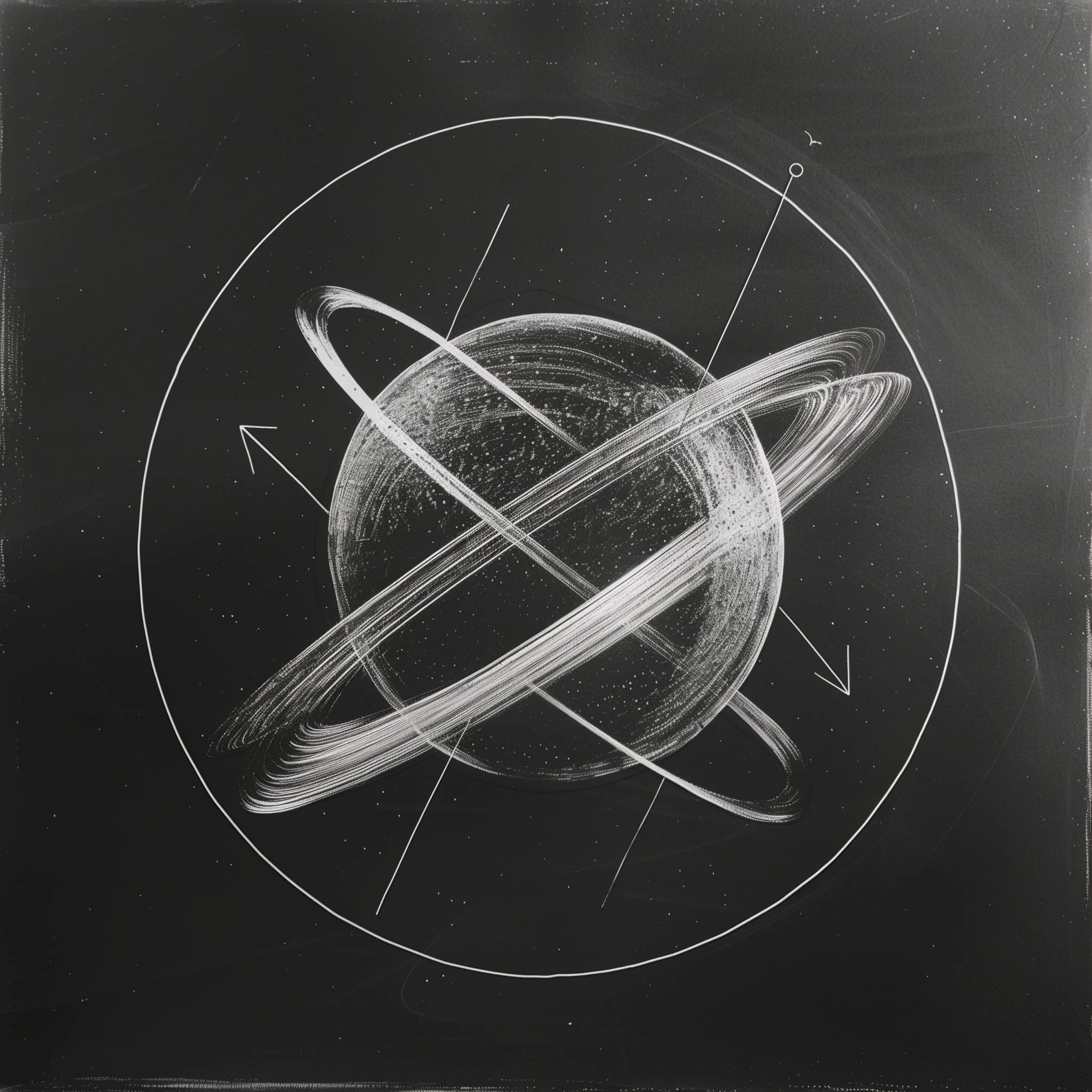Joseph Karpie, a postdoctoral associate at the U.S. Department of Energy’s Thomas Jefferson National Accelerator Facility, led a study that provides new insights into the origins of a proton’s spin. The study combined experimental data with advanced calculations to reveal that the proton’s quarks only contribute about 30% of its total spin. The rest comes from the strong force, which holds protons together, and the movements of the proton’s quarks and gluons. The study, which was recently published in Physical Review D, is a step towards a three-dimensional understanding of the proton’s structure.
Unraveling the Proton’s Spin: A Combined Approach
The proton, a subatomic particle that resides in the nucleus of an atom, has long been a subject of intrigue for nuclear physicists. One of the most puzzling aspects of the proton is its spin, a property that has been under investigation since 1987. The origins of the proton’s spin have been a mystery, with only about 30% of the total measured spin attributed to the proton’s building blocks, the quarks. The remaining spin is believed to come from two elusive sources: the strong force, a fundamental force in the universe that binds quarks together, and the movements of the proton’s quarks and gluons.
The Strong Force and Gluons: Key Contributors to Proton Spin
The strong force, one of the four fundamental forces in the universe, is responsible for holding quarks together to form subatomic particles such as protons and neutrons. The manifestations of this strong force are known as gluons, which are thought to contribute to the proton’s spin. The remaining spin is believed to come from the movements of the proton’s quarks and gluons. However, measuring these contributions has proven to be a challenging task.
Experimental Measurements and Theoretical Calculations: A Combined Approach
A recent study led by Joseph Karpie, a postdoctoral associate at the U.S. Department of Energy’s Thomas Jefferson National Accelerator Facility, has shed new light on this decades-old mystery. The study combined experimental data with state-of-the-art calculations to provide a more detailed picture of the proton’s spin. The initial experimental measurements of the gluons’ spin, conducted at the Relativistic Heavy Ion Collider, indicated that the gluons may be contributing to the proton’s spin. However, as the data analysis was improved, a further possibility emerged.
The Puzzling Results: Positive and Negative Contributions
The improved data analysis revealed two sets of results that seemed quite different. The earlier positive result suggested that the gluons’ spins are aligned with that of the proton. However, the improved analysis allowed for the possibility that the gluons’ spins have an overall negative contribution. In that case, more of the proton spin would come from the movement of the quarks and gluons, or from the spin of the quarks themselves. This puzzling result was published by the Jefferson Lab Angular Momentum (JAM) collaboration.
The Future of Proton Spin Research: A Three-Dimensional Understanding
The next step in this research is to further improve the datasets. As more powerful experiments provide more detailed information on the proton, these data begin painting a picture that goes beyond one dimension. The goal is to eventually produce a three-dimensional understanding of the proton’s structure. As theorists learn how to improve their calculations on ever-more powerful supercomputers, their solutions also become more precise and inclusive. This work will contribute to this 3D image of what a proton should look like, building our way up to the heart of the problem by doing this easier stuff now.
External Link: Click Here For More

